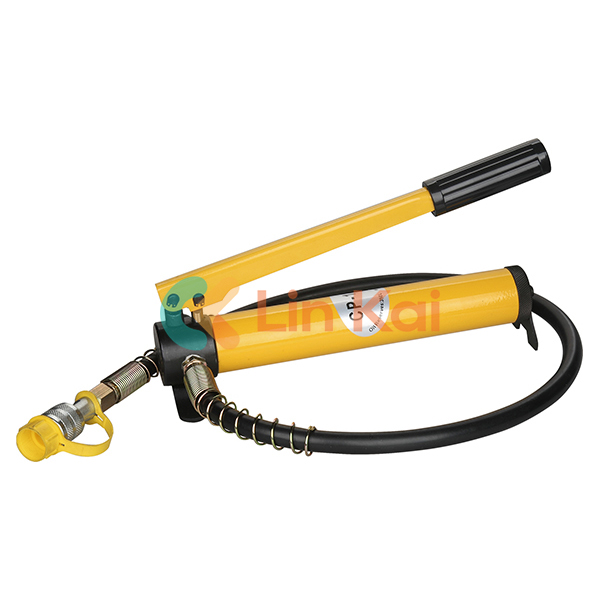
- English
- Español
- Português
- русский
- Français
- 日本語
- Deutsch
- tiếng Việt
- Italiano
- Nederlands
- ภาษาไทย
- Polski
- 한국어
- Svenska
- magyar
- Malay
- বাংলা ভাষার
- Dansk
- Suomi
- हिन्दी
- Pilipino
- Türkçe
- Gaeilge
- العربية
- Indonesia
- Norsk
- تمل
- český
- ελληνικά
- український
- Javanese
- فارسی
- தமிழ்
- తెలుగు
- नेपाली
- Burmese
- български
- ລາວ
- Latine
- Қазақша
- Euskal
- Azərbaycan
- Slovenský jazyk
- Македонски
- Lietuvos
- Eesti Keel
- Română
- Slovenski
- मराठी
- Srpski језик
Cutting-Edge Hydraulic Press Technology Revolutionizes Manufacturing Efficiency and Precision
2023-12-21
Hydraulic pumps come in a variety of forms, such as gear, plunger, vane, and more. One hydraulic component that transforms liquid pressure into mechanical energy is a hydraulic cylinder. It typically comprises of a cylinder and a piston. The pressure of the liquid that enters the hydraulic cylinder pushes the piston, causing the mechanical equipment to move. One crucial hydraulic component that regulates the direction and pressure of liquid flow is the hydraulic valve. The valve body, spring, sealing ring, valve core, and other components make up its primary construction.
Hydraulic valves come in a variety of forms, such as safety, throttle, and reversing valves. The hydraulic press's frame, which is often composed of steel, serves as its supporting framework. The hydraulic press cannot function normally without the stability and strength of the frame. The hydraulic press's processing platform is called the workbench. It is often composed of steel, which is quite strong and resistant to wear. The workstation may be modified to accommodate various machining jobs based on individual requirements. One of a hydraulic press's processing tools is the indenter. It is often composed of steel, which is very resistant to wear and tear. Depending on the requirements, the indenter can be changed to accommodate various processing duties.
The working principle of the hydraulic press is a machine that uses liquid pressure transmission based on Pascal's law. Pascal's principle refers to the law that the static pressure or hydrodynamic pressure of incompressible fluids increases with depth.
Working principle of hydraulic press
When fluid flows vertically upward in a closed container, the side wall is under pressure to descend. We refer to this pressure as static pressure. An upward lift force is created when two pressures are put together, one upward pressure and one downward pressure. The fluid's gravity and the fluid's pressure differential are what provide this lift. A plunger pump is often used by the hydraulic press's primary motor to create this pressure differential. In order to supply pressure oil to the actuator, which powers it to do work, the plunger reciprocates within the cylinder.
In short, a hydraulic press is a mechanical device that uses liquid pressure to transmit force. Its working principle is based on the incompressibility of liquid and the conversion principle of mechanical energy.




